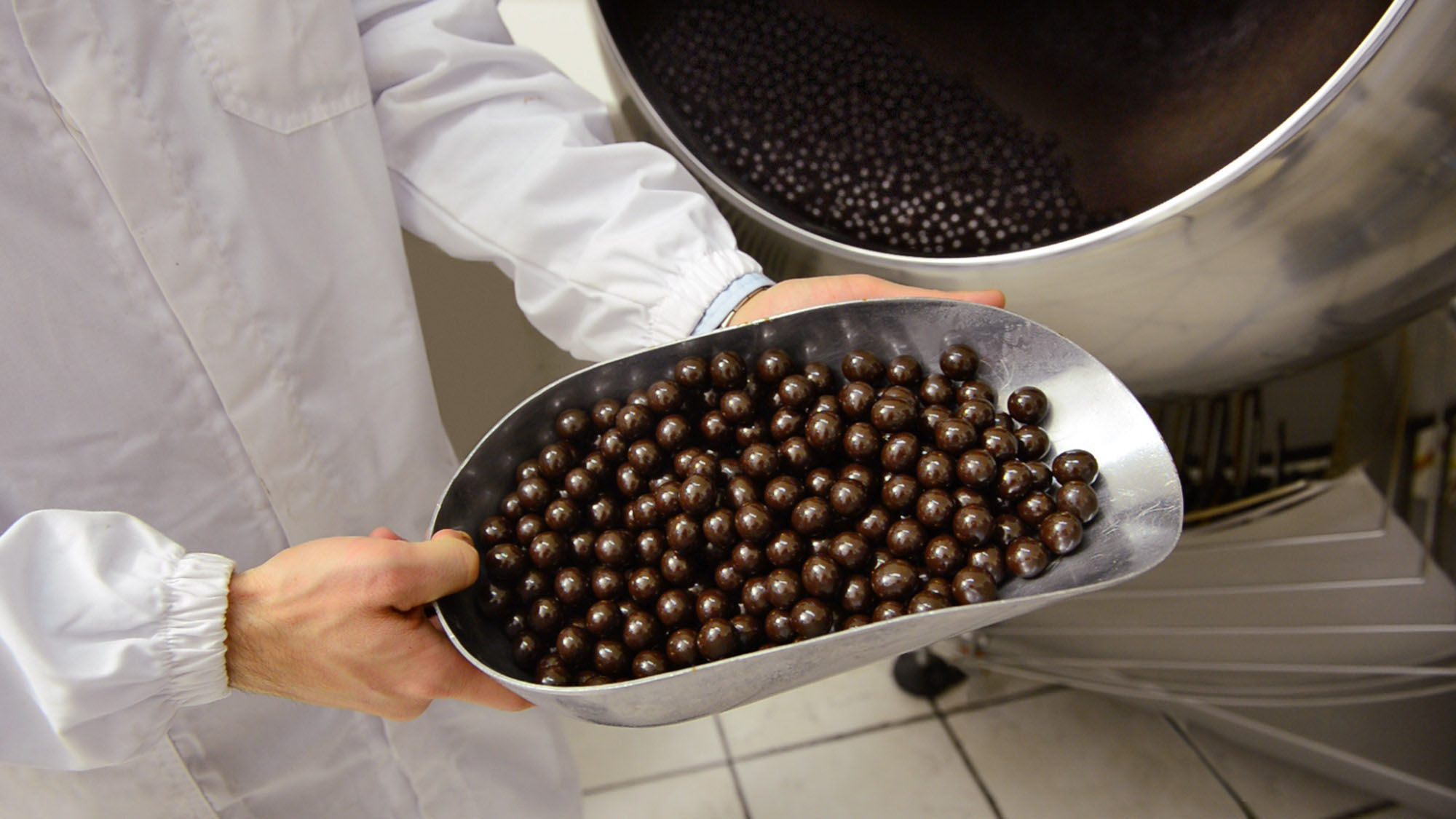Pastry and cream mill
Great pride among Nocciole d’Autore products is definitely the “Le Divine” series of hazelnut creams, born of a perfect proportion between quality and taste.
In practice we use a ball mill, the MILL25 Refiner, a safe machine with unparalleled efficiency.
Starting with hazelnut flour, through constant recycling, the material is processed until the perfect paste consistency is achieved.
Only at this point do we add the selected ingredients to bring the creams to life: the cocoa, sugar, and milk. Nothing superfluous, everything calculated down to the smallest detail to allow the hazelnut queen to express herself at her best.
The processing time and temperature vary depending on the product we want to obtain, as do the ingredients and their percentages.
